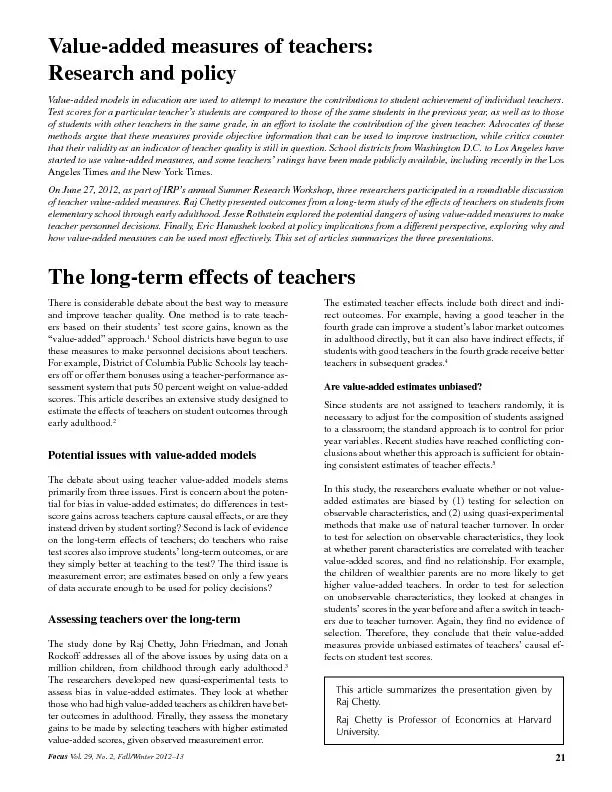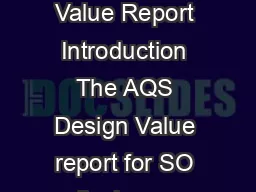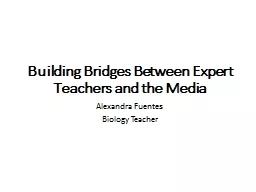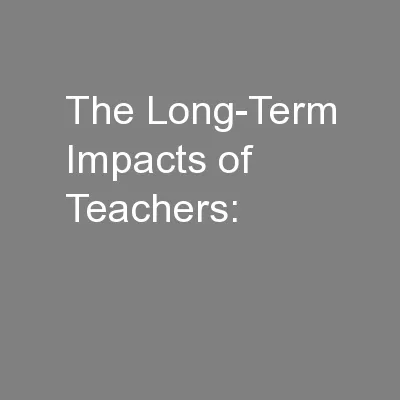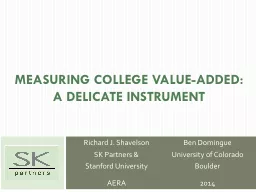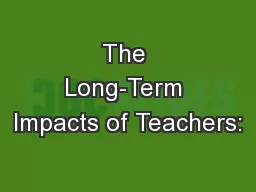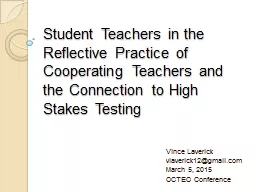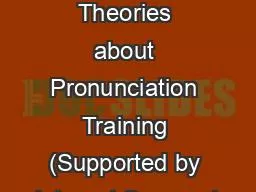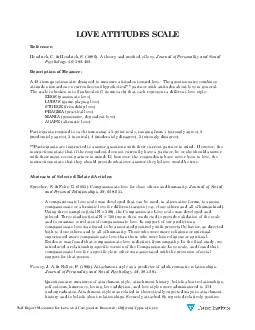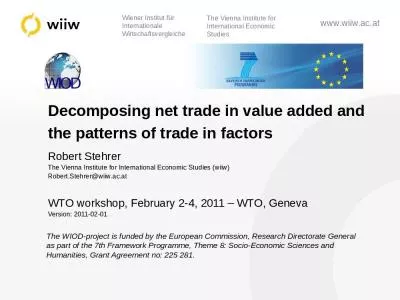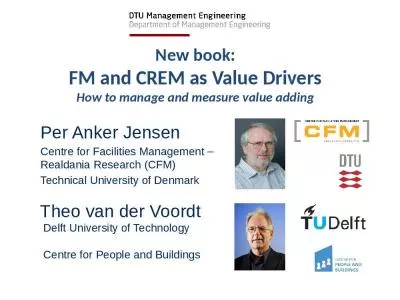PDF-Value-added measures of teachers:Research and policyValue-added models
Author : trish-goza | Published Date : 2016-08-21
Focus Vol 29 No 2 FallWinter 201215013 Next the researchers assessed whether teachers who raise test scores also improve their students146 outcomes in adulthood
Presentation Embed Code
Download Presentation
Download Presentation The PPT/PDF document "Value-added measures of teachers:Researc..." is the property of its rightful owner. Permission is granted to download and print the materials on this website for personal, non-commercial use only, and to display it on your personal computer provided you do not modify the materials and that you retain all copyright notices contained in the materials. By downloading content from our website, you accept the terms of this agreement.
Value-added measures of teachers:Research and policyValue-added models: Transcript
Download Rules Of Document
"Value-added measures of teachers:Research and policyValue-added models"The content belongs to its owner. You may download and print it for personal use, without modification, and keep all copyright notices. By downloading, you agree to these terms.
Related Documents

